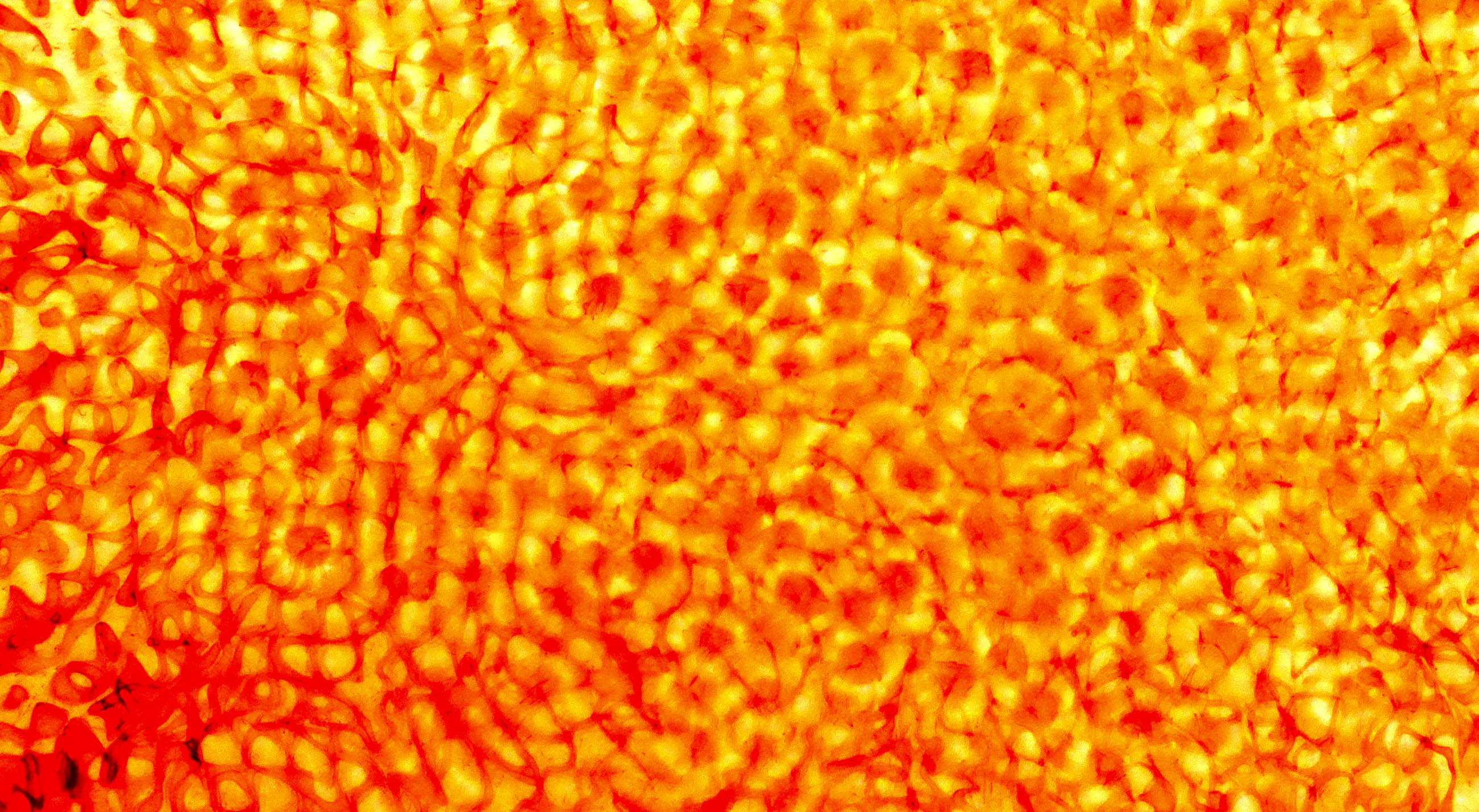The Artwork as Assemblage. New Materialist Perspectives on Aesthetics
DOI:
https://doi.org/10.1344/regac2022.8.41420Keywords:
Assemblage, New Materialism, Non-Human Agency, Installation, AestheticsAbstract
To analyse an artwork using the philosophical theory of the assemblage is to expand one’s view of how artworks can be interpreted. In the various and often wildly differing concepts of new materialism, the assemblage acts as a way of describing the agency of matter in general. Following Deleuze and Guattari, who provided various definitions of the assemblage, the new materialist perspectives emphasize, for example, the active linking of heterogeneous parts and a dynamic conjunction of semi-autonomous formations that articulate new affiliations of entities and discourses.
In this essay, Xinhao Cheng’s multimedia installation The Naming of a River, 2014 to 2018, is described as an assemblage, thereby significantly widening how it is interpreted as the artwork. Cheng describes the manifolds of time-space-dimensions in his simultaneously scientific and deeply personal artistic research project on the Panlong River.
In the context of an assembled assemblage theory, formed by combining new materialist perspectives, The Naming of a River can be thought of as existing in an innumerable manifold of different versions. With each new connection made, the entire artwork changes completely. The relations exist not only between the material artefacts of the installation and the artist, but also between the institution, the recipients, and the river. The artwork is a self-productive setting that transcends spaces and times, an interpretation derived from approaches by Manuel DeLanda and Karen Barad. In this process, our understanding of what an artwork can be is significantly challenged.

Downloads
Published
Issue
Section
License
Authors who publish with this journal agree to the following terms:
- Authors retain copyright and grant the journal right of first publication with the work simultaneously licensed under a Creative Commons Attribution Licensethat allows others to share the work with an acknowledgement of the work's authorship and initial publication in this journal.
- Authors are able to enter into separate, additional contractual arrangements for the non-exclusive distribution of the journal's published version of the work (e.g., post it to an institutional repository or publish it in a book), with an acknowledgement of its initial publication in this journal.
- Authors are permitted and encouraged to post their work online (e.g., in institutional repositories or on their website) prior to and during the submission process, as it can lead to productive exchanges, as well as earlier and greater citation of published work (See The Effect of Open Access).


